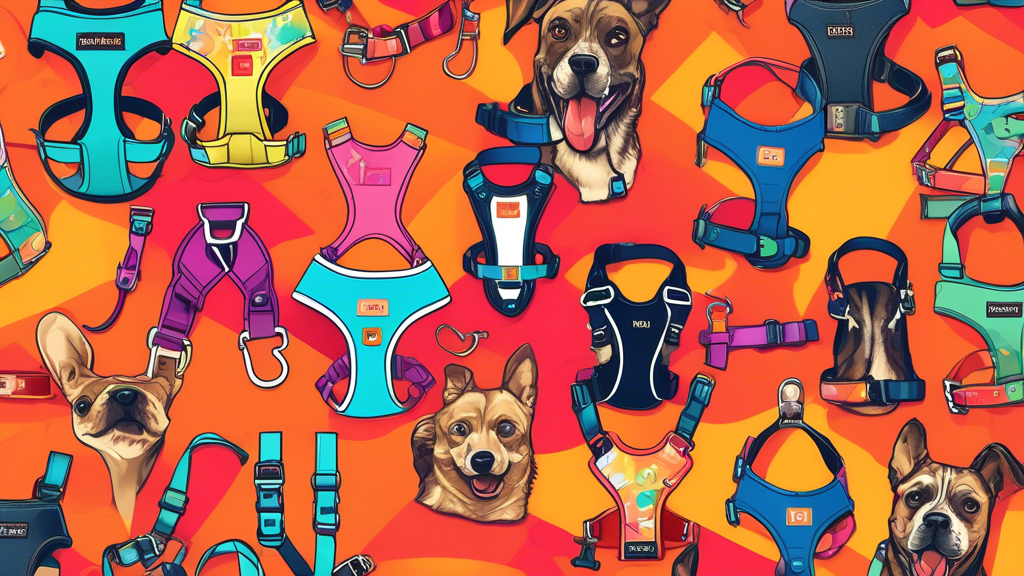No-Pull Dog Harnesses: A Comprehensive Guide
For dog owners who struggle with their furry companions pulling on walks, no-pull dog harnesses can be a game-changer. These harnesses are designed to reduce a dog’s tendency to pull and can make walks more enjoyable for both the dog and the owner. In this ultimate guide, we will explore everything you need to know about no-pull dog harnesses.
Understanding No-Pull Dog Harnesses
A no-pull dog harness is a type of harness that is designed to discourage dogs from pulling on their leash during walks. Unlike traditional collars or harnesses that can put pressure on a dog’s neck and potentially cause harm, no-pull harnesses distribute the force evenly across the dog’s chest and shoulders, reducing the dog’s ability to pull forcefully.
There are several types of no-pull dog harnesses available, including front-clip harnesses, back-clip harnesses, and head harnesses. Front-clip harnesses typically have a ring on the chest area where the leash attaches, while back-clip harnesses have the leash attachment on the dog’s back. Head harnesses are designed to gently guide the dog’s head, redirecting their attention without causing discomfort.
Benefits of Using a No-Pull Dog Harness
There are numerous benefits to using a no-pull dog harness, both for the dog and the owner. One of the main advantages is that it can prevent injuries to the dog’s neck that can occur with traditional collars. By distributing the pressure evenly, these harnesses are a safer option for dogs who tend to pull.
No-pull harnesses can also help improve the walking experience for both the dog and the owner. By reducing the dog’s pulling behavior, walks can become more relaxed and enjoyable. Additionally, using a no-pull harness can help with training, as it provides better control over the dog’s movements.
Choosing the Right No-Pull Dog Harness
When selecting a no-pull dog harness for your furry friend, there are several factors to consider. The harness should fit comfortably and securely, allowing for natural movement without causing chafing or discomfort. It’s essential to measure your dog’s chest girth and refer to the manufacturer’s sizing guidelines to ensure the proper fit.
Additionally, consider the type of harness that would best suit your dog’s needs. Front-clip harnesses are effective for dogs who pull excessively, while back-clip harnesses may be more suitable for dogs who are already well-trained. Head harnesses can be a good option for dogs who need gentle guidance in redirecting their attention.
Training and Transition Period
Introducing a no-pull dog harness to your pet may require a period of adjustment. It’s essential to introduce the harness gradually, allowing your dog to get used to wearing it before going on walks. Use positive reinforcement, such as treats and praise, to create a positive association with the harness.
During the transition period, focus on rewarding your dog for walking calmly and politely on the leash. Consistent training and patience are key to helping your dog learn to walk without pulling. Over time, your dog will become accustomed to the harness, and pulling behavior should diminish.
Final Thoughts
No-pull dog harnesses can be a valuable tool for dog owners looking to improve their walking experience and reduce their dog’s pulling behavior. By understanding the different types of harnesses available, choosing the right fit for your dog, and implementing proper training techniques, you can enjoy more relaxed and enjoyable walks with your furry companion.

